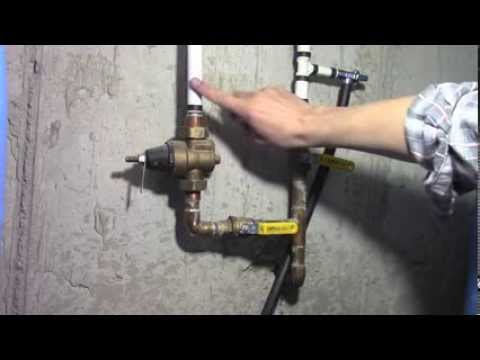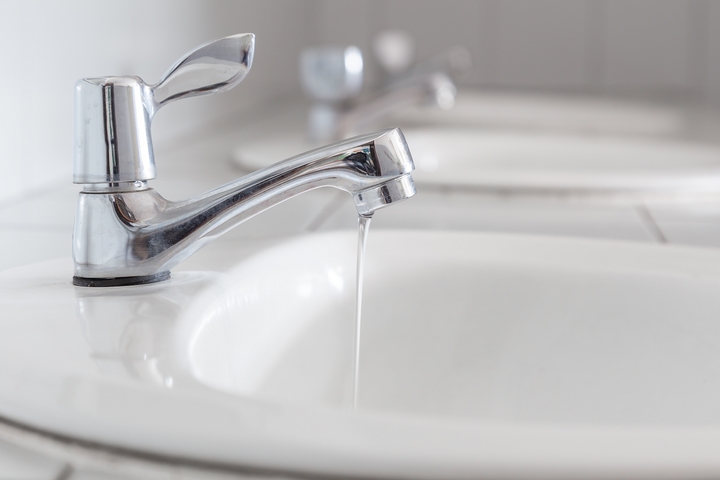Recommended Methods for Rectifying Low Water Pressure in Your Home
Recommended Methods for Rectifying Low Water Pressure in Your Home
Blog Article
Here below you can find additional extremely good information when it comes to Low Water Pressure in the House?.

Low water stress in your house can be an irritating problem, impacting every little thing from showering to washing meals. If you're experiencing weak water circulation, there are numerous possible reasons and services to check out. In this guide, we'll go over usual factors for low water stress and practical actions to attend to the problem properly.
Intro to Low Tide Pressure
Low water stress happens when the flow of water from your taps, showers, and various other fixtures is weaker than typical. This can make day-to-day tasks a lot more challenging and much less reliable. Comprehending the root causes of low water pressure is crucial to locating the right service.
Typical Reasons For Low Tide Stress
Faulty Stress Regulatory Authorities
Stress regulatory authorities are responsible for preserving constant water pressure in your home. If they malfunction, it can result in low water pressure or uneven circulation throughout your house.
Metropolitan Water System Issues
Occasionally, the issue lies outside your home. Local supply of water issues, such as main line leakages or maintenance job, can momentarily decrease water pressure in your location.
Pipeline Obstructions
With time, pipes can come to be clogged with natural resource, sediment, or debris, restricting the circulation of water. This is an usual concern in older homes with galvanized steel pipelines.
Deterioration
Rust within pipes can result in leakages and reduced water stress. Corrosion buildup can restrict water flow, specifically in aging plumbing systems.
How to Detect Low Water Pressure
Checking Pipelines
Check noticeable pipes for indications of leakages, deterioration, or blockages. Take note of any uncommon sounds, such as banging or rattling pipelines, which can show concerns within the plumbing system.
Consulting with a Plumber
If you're not able to identify the source of low tide pressure, think about hiring a specialist plumber to carry out an extensive assessment. They can determine underlying concerns and suggest ideal solutions.
Checking Taps and Fixtures
Begin by testing the water pressure at different faucets and components throughout your home. If the concern is separated to certain locations, it may suggest localized problems.
DIY Solutions to Deal With Low Water Pressure
Flushing Hot Water Heater
Debris buildup in the water heater can limit flow and lower performance. Flushing the container regularly assists remove debris and maintain ideal efficiency.
Checking Pressure Regulatory Authority
Make certain that the pressure regulatory authority is working appropriately. Changing or changing the regulatory authority can aid restore correct water pressure throughout your home.
Cleansing Aerators and Showerheads
Mineral deposits can gather in aerators and showerheads, minimizing water flow. Get rid of and clean up these components on a regular basis to enhance water pressure.
Clearing Up Clogs in Pipeline
For minor blockages, attempt utilizing a plumbing snake or chemical drainpipe cleaner to clear blockages in pipelines. Be cautious when using chemicals and follow safety standards.
When to Call an Expert Plumber
If DIY initiatives fall short to solve the concern or if you think significant plumbing problems, it's ideal to look for aid from a certified plumber. They have the experience and devices to address complicated problems safely and effectively.
Preventive Measures to Maintain Water Stress
Mounting a Stress Booster
Consider setting up a pressure booster pump to boost water pressure in locations with regularly low flow. This can be especially useful for multi-story homes or residential properties with high-demand components.
Tracking Water Use
Bear in mind water usage routines and prevent ill-using the plumbing system. Basic adjustments, such as incredible showers and washing loads, can aid keep sufficient water stress.
Regular Upkeep
Schedule routine upkeep for your plumbing system to prevent problems such as rust, leakages, and blockages. Resolving small problems early can assist prevent even more considerable fixings in the future.
Verdict
Handling low tide stress can be irritating, yet identifying the underlying causes and implementing suitable services can bring back optimal circulation throughout your home. Whether it's cleansing aerators, evaluating pipelines, or speaking with a plumber, taking aggressive actions can make sure a steady supply of water for your everyday needs.
FOUR WAYS TO FIX LOW WATER PRESSURE NOW
Turning on a shower or faucet only to find the water comes out in a sad, slow drizzle is never a good feeling. How exactly are you supposed to wash a pan or take a quick shower when it takes 10 minutes just to rinse off a little soap? The good news is that when your water pressure is bad, there's always a cause: typically one that can be easily fixed. Here are some of the most common causes of low pressure and what you can do to fix the issue:
DEBRIS AND MINERAL DEPOSIT BUILDUPS
If you notice low water pressure from just one or two of the fixtures in your house, the problem likely has to do with debris buildup. Water is full of minerals and other debris, all of which can accumulate in your pipes and on your fixtures. This can cause a blockage that affects how much water flows through. To fix this, try filling a small plastic bag with white vinegar, and use a rubber band to hang it around your showerhead or faucet. Let the head of the fixture soak for a few hours, and the vinegar should loosen the deposits.
WATER LEAKS
Leaks are another common cause of low water pressure. If water is flowing out of your plumbing through a hole or crack before it can reach your fixture, the pressure coming out of the faucet or showerhead will be lower. A plumbing professional is your best bet for finding and repairing a leak in your water supply pipes.
Leaks are another common cause of low water pressure. If water is flowing out of your plumbing through a hole or crack before it can reach your fixture, the pressure coming out of the faucet or showerhead will be lower. A plumbing professional is your best bet for finding and repairing a leak in your water supply pipes.
A VALVE ISSUE
If you have low water pressure throughout your home, check your main shut-off valve to make sure it's completely open. You may also want to see if there's a pressure-reducing valve installed. If there is, have a plumber help you adjust the settings to get the pressure you're looking for.
OTHERS USING WATER
Believe it or not, your low water pressure could be caused by your neighbors. If you notice low pressure at certain times of day, it may be because you and the people living next to you have similar schedules - when everyone is showering at the same time, the pressure will be lower in every home. Low pressure throughout the neighborhood may also be caused by an issue with your municipal water supply. If that's the case, call the supplier to see if they're working on the issue.
https://www.rotorooter.com/blog/water-leaking/low-water-pressure-fixes/

As a person who reads about Low Water Pressure in the House?, I assumed sharing that piece of writing was really helpful. Please take a moment to promote this content if you enjoyed it. We recognize the value of your readership.
Book An Estimate Now Report this page